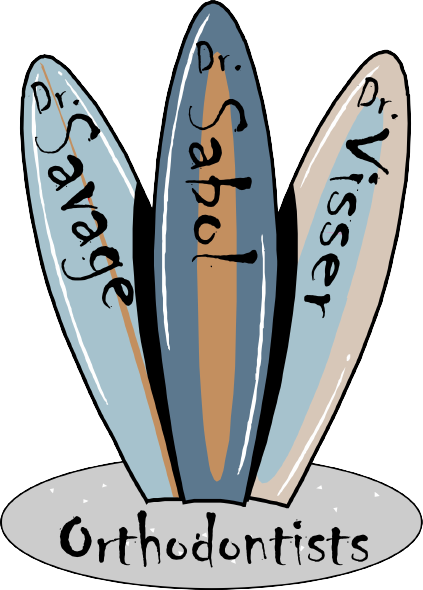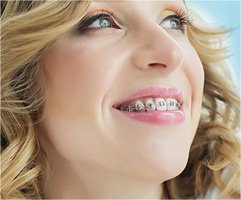Estimates show that almost 70% of children have overbites, making this the most common issue that that require orthodontic treatment. The treatment may be performed in childhood, adolescence, or adulthood. Delaying orthodontic procedures, though, typically results in more intensive treatment later. Dr. Savage, Dr. Sabol, and Dr. Visser offer many options to correct an overbite.
What is an Overbite?
Ideally, your upper and lower jaw should be in alignment. This helps you chew properly, and a proper jaw alignment also helps with talking and swallowing. Having an overbite means that your lower jaw is set back more than your upper jaw. The upper teeth may stick out well beyond the top of your lower teeth.
Are Over Bites Common?
Your orthodontist measures the overbite in terms of millimeters. A severe overbite is defined as 6 mm or greater, and almost 10% of children have this type of problem with their jaw alignment. Moderate overbites of greater than 2 mm is seen in approximately 19% of children between ages 8 and 11 years old and 6% of pre-teens and teens ages 12 to 17 years old. Approximately 5% of adults over 18 years old have an overbite of 2 mm or greater.
Why Does an Over Bite Need to Be Treated?
Over bites often lead to more serious problems if they are left untreated. Damage to the temporomandibular joint and teeth is common in people with untreated overbites. People also experience headaches, poor quality sleep, trouble opening and closing the mouth, pain while eating or talking, and much more. Additionally, an over bite can lead to emotional issues, such as low self-esteem, insecurity, fatigue, and even depression.
What is the Difference Between an Over Bite and Under Bite?
Over bites and under bites are two types of jaw misalignments that describe the position of the lower jaw. With an over bite, the lower jaw is further back than the upper jaw. In these cases, the front teeth stand out away from the lower front teeth. With an under bite, the lower jaw is further out that the upper jaw. Your bottom front teeth stand out away from your upper front teeth.
Are Over Bites and Under Bites Treated Differently?
An orthodontist uses the same appliances to treat under bites and over bites. The approach, though, varies based on the individual patient. Mild over bites and under bites may require additional appliances, while more severe cases require surgical interventions.
Options to Correct an Overbite
Depending on the severity and nature of the over bite, an orthodontist may include one or more of the following in your treatment plan:
- Braces
- Clear Aligners (typically only for mild cases)
- Oral surgery to remove teeth
- Temporary appliances, such as headgear
- Jaw surgery for severe over bites
- Retainers (after braces)
Find Out How Orthodontic Treatment Can Help You
Treating an over bite now rather than waiting ensures that you have a healthy, beautiful smile for years to come. You may also avoid more intensive treatment later in life. Dr. Savage, Dr. Sabol, and Dr. Visser offer orthodontic treatments for children, teens, and adults with overbites and other jaw alignment issues. Contact us today to schedule an appointment.













